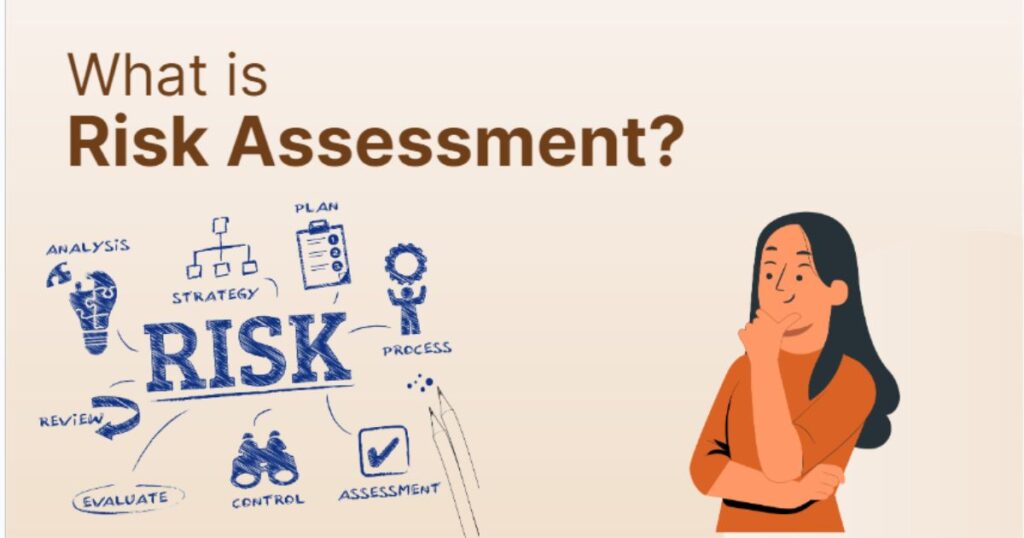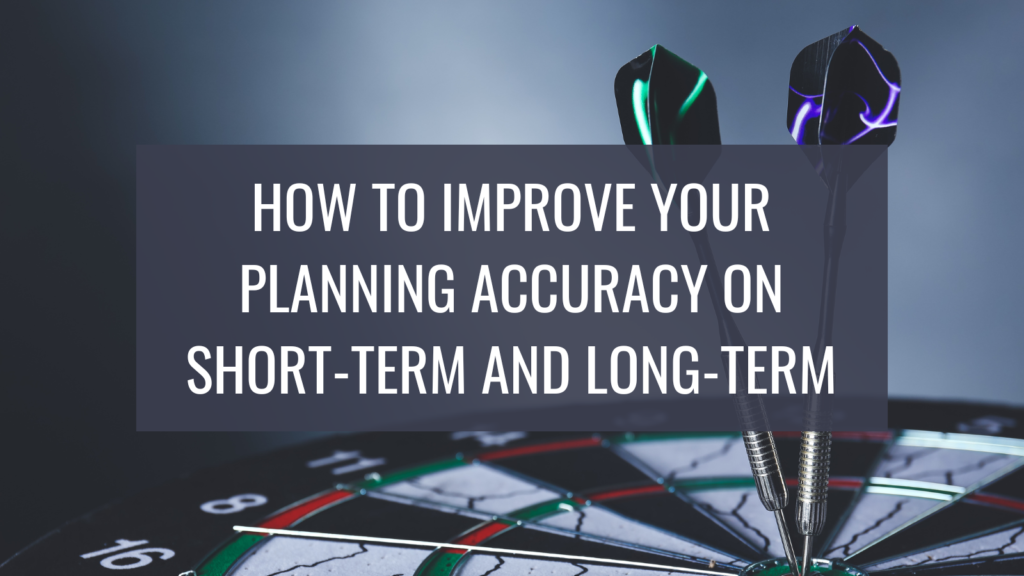In project management, uncertainty is a constant. From shifting deadlines to unexpected costs, projects often face numerous risks that can derail their success. Risk assessment plays a crucial role in identifying, evaluating, and mitigating these uncertainties before they become major obstacles. By incorporating risk assessment into every stage of project management, organizations can better plan, respond, and succeed.
What Is Risk Assessment?

Risk assessment is the structured process of identifying potential threats or uncertainties that could negatively impact a project. It involves evaluating the likelihood of each risk occurring and determining its potential consequences. The ultimate goal is to minimize or eliminate risks through proactive planning and strategy.
The Key Elements of Risk Assessment
- Risk Identification: Listing all possible risks that could impact the project.
- Risk Analysis: Determining the likelihood and impact of each risk.
- Risk Evaluation: Prioritizing risks based on their severity.
- Risk Mitigation: Creating action plans to avoid, transfer, or reduce the risk.
Why Risk Assessment Matters in Project Management
Improves Planning Accuracy

By identifying potential issues in advance, project teams can adjust timelines, resources, and strategies accordingly. This leads to more accurate project plans and fewer surprises during execution.
Enhances Resource Allocation
Understanding risk helps project managers allocate resources where they are needed most. High-risk areas may require more time, budget, or skilled personnel to address potential challenges.
Increases Stakeholder Confidence
Stakeholders are more likely to support and invest in a project when they know that risks are being managed actively and professionally.
Supports Informed Decision-Making
With a clear understanding of project risks, leaders can make better decisions and take calculated actions rather than reactive ones.
Common Types of Project Risks
Internal Risks
These originate within the organization or project team and are often under direct control of the project manager.
- Poor communication
- Unrealistic deadlines
- Ineffective leadership
- Budgeting errors
External Risks
These risks come from outside the organization and are harder to control.
- Government regulations
- Economic shifts
- Natural disasters
- Supplier delays
Technical Risks
These relate to the tools, software, or systems being used in the project.
- Technology failures
- Integration issues
- Data loss or corruption
- Scope creep
Strategic and Operational Risks
Strategic risks stem from poor business decisions, while operational risks arise from daily project activities.
- Changing project goals
- Process inefficiencies
- Staff turnover
- Inadequate training
Risk Assessment Process in Project Management
Step 1: Identify the Risks
The first step is to brainstorm and list all potential risks. This can be done through team discussions, expert interviews, and historical data analysis. Risk categories can include financial, legal, technical, environmental, and reputational risks.
Step 2: Analyze the Risks
Once identified, each risk is analyzed for its likelihood and potential impact. This can be done qualitatively (e.g., high, medium, low) or quantitatively (assigning numerical values to likelihood and severity).
Step 3: Evaluate and Prioritize
Not all risks are equal. Some can severely delay the project, while others may only cause minor disruptions. Prioritization helps project managers focus their efforts on the most significant threats.
Step 4: Plan Risk Responses
For each high-priority risk, a response plan is developed. This may include:
- Avoiding the risk by changing project scope or approach
- Reducing the risk by implementing controls
- Transferring the risk to a third party (e.g., insurance)
- Accepting the risk with a contingency plan in place
Step 5: Monitor and Review
Risk assessment is not a one-time activity. Throughout the project lifecycle, risks should be regularly reviewed and updated. New risks may emerge, and existing risks may change in severity.
Tools and Techniques for Risk Assessment
Risk Matrix
A simple chart that maps the likelihood of risks against their impact to help visualize priorities.
SWOT Analysis

Used to identify Strengths, Weaknesses, Opportunities, and Threats that may affect the project.
Monte Carlo Simulation
A quantitative risk analysis technique that uses probability modeling to predict possible outcomes.
Risk Register
A document that tracks all identified risks, their status, mitigation strategies, and assigned owners.
Expert Judgment
Consulting with experienced professionals who can provide insights based on past project performance.
Integrating Risk Assessment into Project Lifecycle
During Initiation
Risk assessment should start in the planning stages when project goals, scope, and constraints are defined.
During Planning
This is the most important phase for conducting a comprehensive risk analysis and incorporating it into the project plan.
During Execution
Risks should be monitored closely. The team must be prepared to execute mitigation plans if risks begin to materialize.
During Monitoring and Controlling
Track new and existing risks. Update the risk register, and conduct regular risk review meetings.
During Closing
Conduct a post-project risk review to document lessons learned and improve future risk management practices.
Benefits of Effective Risk Assessment in Projects

- Reduces project failure rates
- Improves communication across teams
- Encourages proactive problem-solving
- Supports better budgeting and scheduling
- Enhances organizational learning
Real-World Example: Risk Assessment in Construction Projects
In large construction projects, risk assessment is essential to avoid delays, budget overruns, and safety incidents. Risks such as weather conditions, labor shortages, and equipment failures must be planned for. Using tools like the risk matrix and contingency reserves, project managers can adjust their strategies in real time and ensure successful project completion.
Challenges in Risk Assessment
- Inadequate risk identification due to lack of experience
- Over-reliance on assumptions without data support
- Failure to update risks as the project progresses
- Resistance from stakeholders who downplay potential issues
Best Practices for Effective Risk Assessment
- Involve your entire team in identifying risks
- Use both qualitative and quantitative assessment methods
- Regularly update your risk register
- Align risk assessment with organizational goals
- Document all lessons learned and apply them to future projects
Also Read : Why A Gold Loan Is The Best Option For Financial Emergencies
Conclusion
Risk assessment is a foundational element of effective project management. By identifying and managing uncertainties early, project managers can increase the likelihood of success, reduce unexpected costs, and gain stakeholder confidence. Whether you’re leading a small team or overseeing a large-scale initiative, integrating robust risk assessment practices into every phase of your project will result in smarter planning, faster problem-solving, and stronger outcomes.
Frequently Asked Questions (FAQs)
What is the main purpose of risk assessment in project management?
The primary purpose is to identify, evaluate, and manage potential risks that could negatively impact the project’s objectives, timeline, or budget.
When should risk assessment be conducted in a project?
Risk assessment should be conducted during the planning phase and updated regularly throughout the project lifecycle.
What is a risk register?
A risk register is a documented log of all identified risks, their analysis, mitigation strategies, assigned owners, and status updates.
What is the difference between qualitative and quantitative risk analysis?
Qualitative analysis uses descriptive ratings (e.g., high, medium, low) to assess risks, while quantitative analysis uses numerical data and probabilities to calculate risk exposure.
Can risks be completely eliminated from a project?
No project is entirely risk-free. However, effective risk assessment and mitigation can significantly reduce the impact and likelihood of risks occurring.




